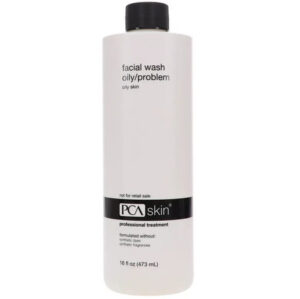Tips to wear it well and make it last Apply, then reapply. We all know the basics, but we discovered some surprising facts about sunscreen that could change how you apply it.
Apply, then reapply. We all know the basics, but we discovered some surprising facts about sunscreen that could change how you apply it.
- It pays to prep. Sunscreen builds up in your stratum corneum (the outermost layer of the skin)1, so if you apply it daily for three weeks before a beach vacation, you’ll be less likely to burn.
- Some areas need more sunscreen. The areas where the rims of your sunglasses hit your checks are particularly prone to sunburn because the sunglasses reflect light. So are the highest points on your face (your cheekbones and nose). Your nose is especially vulnerable and one of the most common areas for nonmelanoma skin cancers. Sunscreens also break down fastest on oily skin, so reapply frequently.
- Some SPFs are harder to wash off. Water and sweat-resistant sunscreens work because they adhere to the skin. However, this can also make it trickier to wash off without leaving behind a residue that can ultimately clog pores and lead to breakouts. Thoroughly cleanse your skin by using a gentle scrub with microbeads, like NIA24 Physical Cleansing Scrub, and a cleansing brush.
- Your sunscreen already works well, but it could work even better if you apply an antioxidant serum first to help neutralize free radicals that get through your sunscreen before they can damage your skin2. We likeSkinCeuticals Phloretin CF, and NeoStrata Antioxidant Defense Serum—or switch to a sunscreen that contains antioxidants likeTopix Replenix Antioxidant Sunscreen Moisturizer SPF 50+.
Sources:
-
Benson, H. A., Sarveiya, V., Risk, S., & Roberts, M. S. (2005). Influence of anatomical site and topical formulation on skin penetration of sunscreens. Therapeutics and clinical risk management, 1(3), 209–218.
-
Darr, D., Dunston, S., Faust, H., & Pinnell, S. (1996). Effectiveness of antioxidants (vitamin C and E) with and without sunscreens as topical photoprotectants. Acta dermato-venereologica, 76(4), 264–268. https://doi.org/10.2340/000155557626426








 Normal Mole
Normal Mole Dysplastic Nevus
Dysplastic Nevus Actinic Keratosis
Actinic Keratosis Basal Cell Carcinoma
Basal Cell Carcinoma Squamous Cell Carcinoma
Squamous Cell Carcinoma Melanoma
Melanoma
















